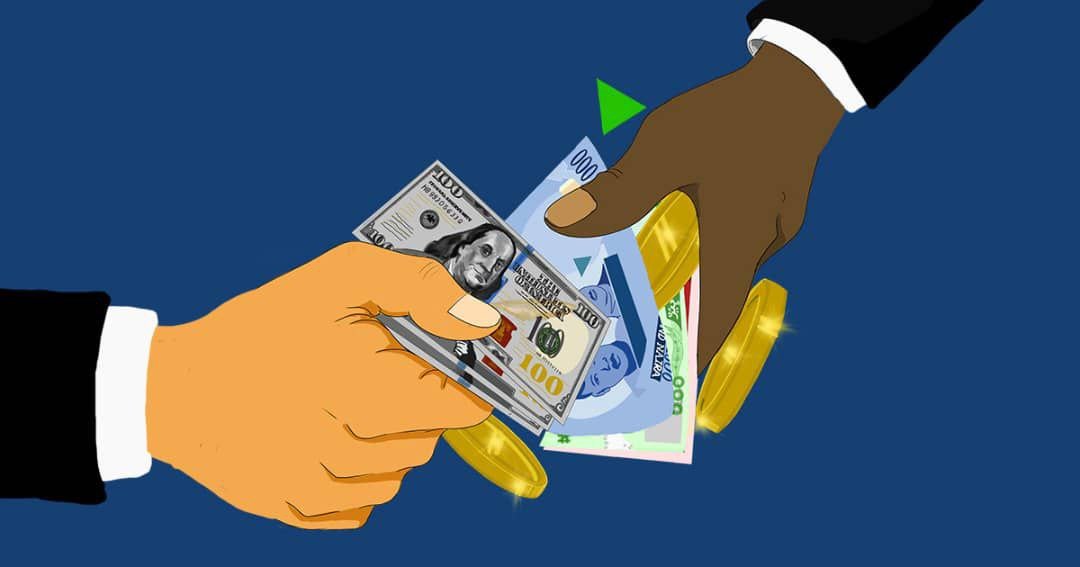The Nigerian naira is currently overvalued by about 30%, according to a new report by Renaissance Capital (Rencap), making it the most mispriced currency in Africa. The investment bank warned that the gap between the naira’s real value and its exchange rate could cost Nigeria up to ₦6 trillion in lost competitiveness and a higher import bill by 2026.
Rencap based its findings on a Real Effective Exchange Rate (REER) model, which measures the naira’s value against a basket of major currencies adjusted for inflation. The report was released at a time when the exchange rate has remained relatively stable — trading between ₦1,400 and ₦1,450 per dollar — supported by tighter monetary policy and stronger foreign reserves, which recently rose above $41 billion.
Artificial Strength from Tight Monetary Policy
Rencap attributed the naira’s firmness to the Central Bank of Nigeria’s (CBN) 27% policy rate, which it said has kept liquidity tight and sustained investor confidence in naira assets. However, the investment firm described this as “artificial stability,” arguing that the underlying data used to justify such high rates may not fully reflect current inflation trends.
While Nigeria’s National Bureau of Statistics (NBS) reported inflation above 20% in August 2025, Rencap estimates that real inflation could already be closer to 12% in October, 10% by December, and trending towards 6% in 2026. Based on those projections, Nigeria’s real interest rate would stand around 17%, among the highest globally.
Data Credibility in Question
The report also questioned the accuracy of Nigeria’s Consumer Price Index (CPI) basket, which was revised in January 2025. It pointed out “peculiar anomalies” such as non-alcoholic beverages accounting for 12% of the CPI weighting, compared with 11% for transport and just 3% for telecommunications.
Rencap said these distortions may have caused the official inflation rate to diverge from actual price movements, leading to “policy decisions that are excessively tight.”
Implications for Currency and Trade
The combination of a strong naira, tight monetary conditions, and slower domestic credit growth has created what Rencap calls a “misalignment risk.” The firm warned that the current account surplus and high interest rates could delay an inevitable market adjustment, but once policy rates begin to fall, import demand is expected to surge — exposing the overvaluation.
That adjustment, Rencap predicts, could trigger a 30% depreciation in the naira between 2026 and 2027.
At current import levels of around ₦20 trillion annually, the overvaluation gap represents roughly ₦6 trillion in excess costs for domestic producers — effectively an implicit subsidy for imported goods that undermines local manufacturing competitiveness.
Political and Market Context
With President Bola Tinubu expected to seek re-election in 2027, Rencap believes that the CBN may delay any aggressive policy easing until after the elections to maintain currency stability.
Despite these concerns, the report notes that foreign portfolio investors are gradually returning to Nigerian and Ghanaian local-currency debt markets amid expectations that global interest rates will decline and the U.S. dollar will weaken in 2026.
However, the bank cautioned that sustained confidence will depend on accurate inflation data, transparent monetary policy, and gradual realignment of the naira to reflect economic fundamentals

